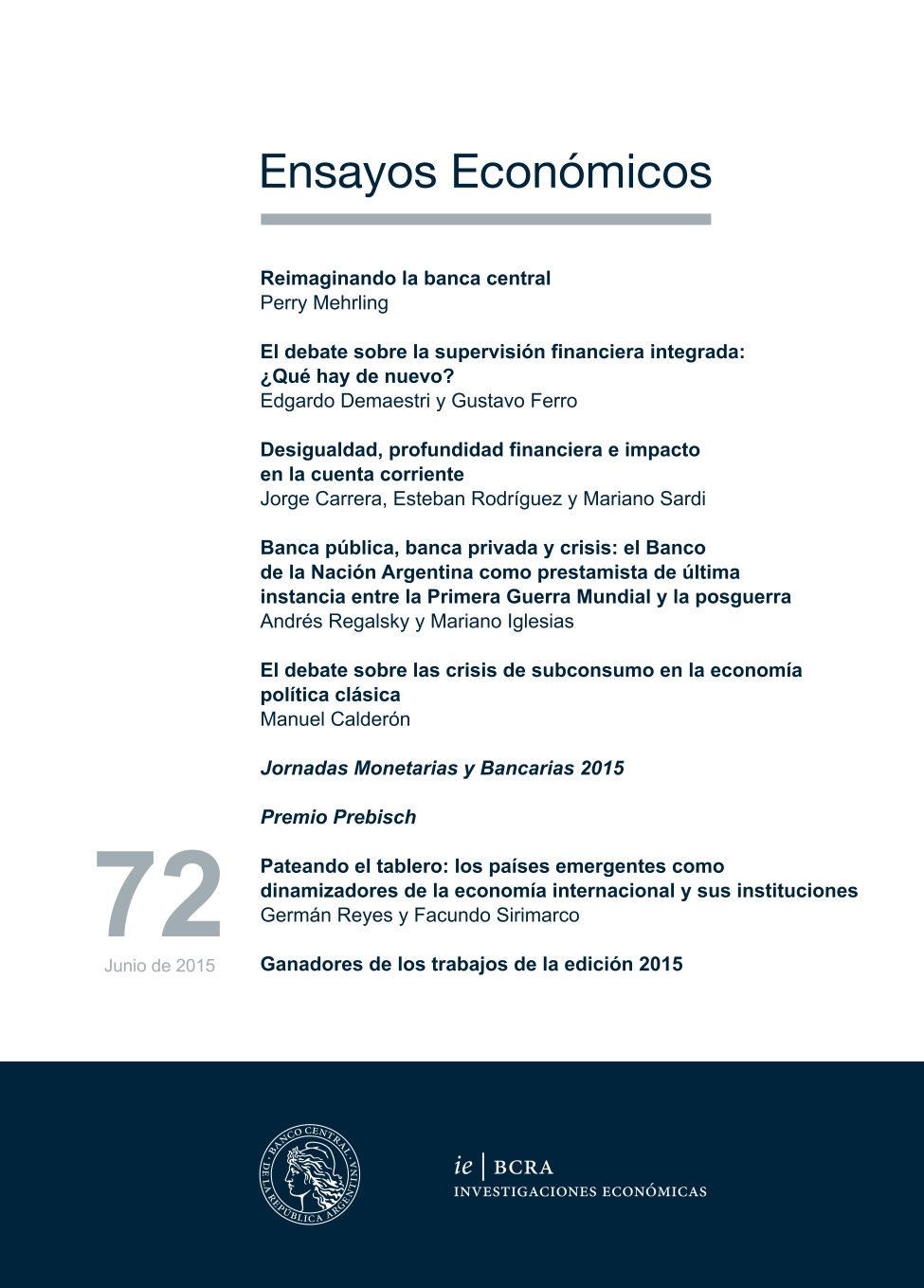Re-imagining Central Banking
Keywords:
Capital Markets, Central Bank, Financial Crisis, Monetary Policy, Regulation And Supervision, Shadow BankingAbstract
The global financial crisis has revealed to all the necessity of last resort support for the emerging new system of market-based credit. in normal times the central bank supports the market; only in crisis times does it become the market. Embracing this new responsibility inevitably involves embracing also the responsibility for ensuring robustness of the private dealer system through regulation and supervision, in order to reduce the probability that last resort support will be needed. discussion about the role of central banking commonly distinguishes three areas of responsibility: lender of last resort, regulation and supervision, and monetary policy for macroeconomic stabilization. it is natural therefore to organize the re-imagination task by asking how emergent financial globalization challenges the role of central banks in each of these three dimensions. Re-imagining central banking is a technical challenge, requiring sustained engagement with the institutional realities of modern money markets, both domestic and international. But it is also a political economic challenge. Re-imagining central banking is fundamentally about re-imagining the interface between the central bank backstop and the private profit-seeking dealer system, as well as the interface between each individual central bank and the larger international monetary system. it is about re-imagining the interface between the money interest and the public interest, as well as the interface between national and global public interest.
JEL classification: G2 ; L5




